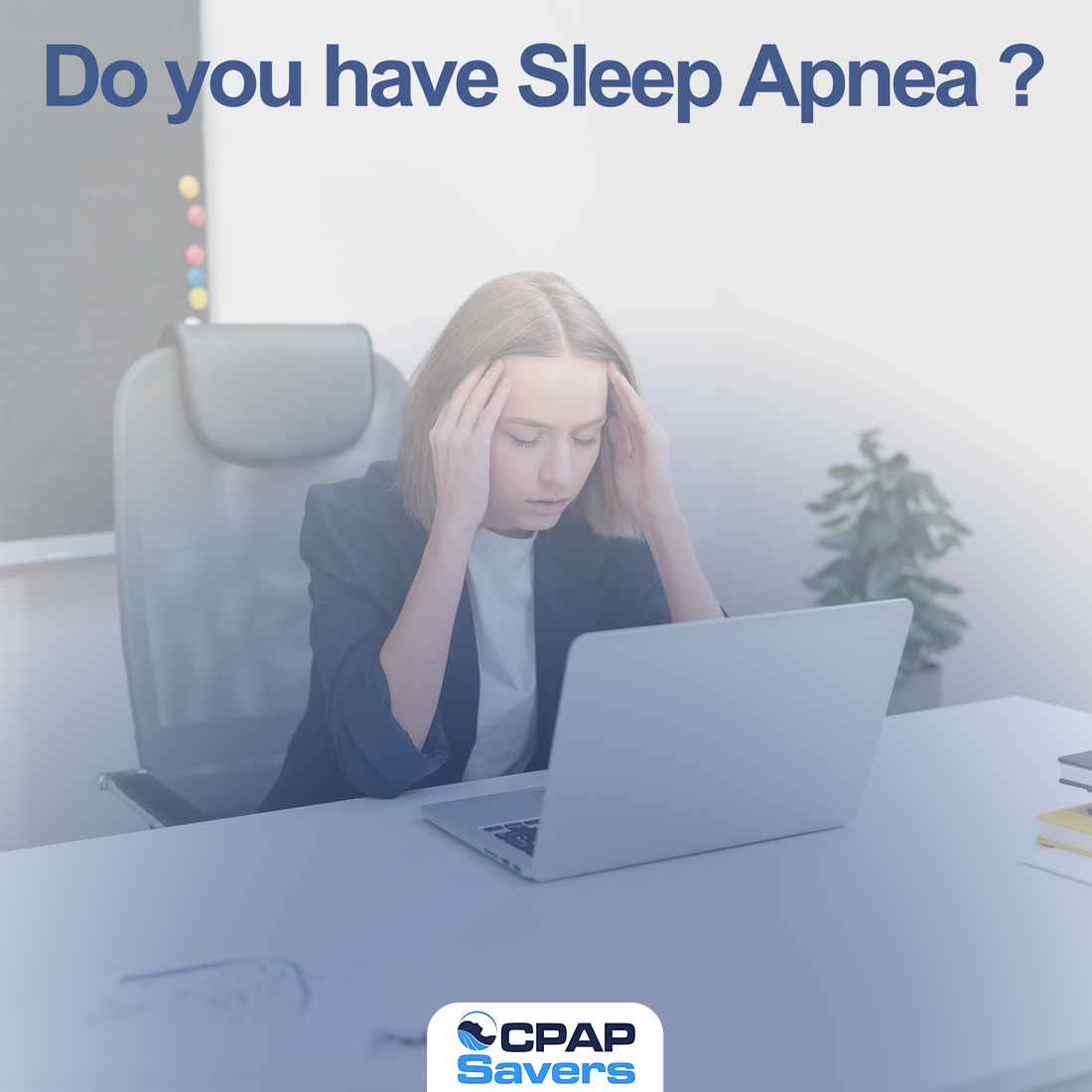
Sleep Apnea: Symptoms, Causes, and How to Spot the Warning Signs Early
Share
Sleep Apnea: Symptoms, Causes, and How to Spot the Warning Signs Early
Sleep is vital for good health, yet millions of people suffer from sleep apnea without even knowing it. This serious sleep disorder causes your breathing to stop and start repeatedly throughout the night, reducing oxygen supply and putting strain on your body. Left untreated, it can lead to heart disease, high blood pressure, diabetes, and even stroke.
In this article, we’ll cover what sleep apnea is, the main symptoms, the common causes, and how to identify the warning signs before it’s too late.
What is Sleep Apnea?
Sleep apnea is a sleep disorder where breathing repeatedly stops and starts during sleep. There are three main types:
- Obstructive Sleep Apnea (OSA) – The most common type, caused by throat muscles relaxing and blocking the airway.
- Central Sleep Apnea (CSA) – Caused by the brain failing to send proper signals to the muscles that control breathing.
- Complex Sleep Apnea Syndrome – A combination of both OSA and CSA.
Symptoms of Sleep Apnea
The tricky thing about sleep apnea is that you may not notice the symptoms yourself — often, a bed partner or family member points them out. Common signs include:
- Loud, chronic snoring
- Gasping or choking during sleep
- Pauses in breathing (noticed by others)
- Excessive daytime sleepiness
- Morning headaches
- Difficulty concentrating or memory issues
- Irritability or mood changes
- Dry mouth or sore throat upon waking
Causes and Risk Factors
Several factors can increase your risk of developing sleep apnea:
- Excess weight – Fat deposits around the airway can block breathing.
- Narrow airway – Some people naturally have smaller airways.
- Age – Risk increases with age.
- Gender – Men are more likely to have sleep apnea than women.
- Family history – Genetics can play a role.
- Alcohol or sedatives – These relax throat muscles.
- Smoking – Increases inflammation and fluid retention in the airway.
- Nasal congestion – Makes breathing more difficult at night.
How to Spot the Warning Signs Early
Early detection of sleep apnea can save you from severe health complications. Here’s what you can do:
- Pay attention to snoring – Occasional snoring may be harmless, but loud, nightly snoring could signal a problem.
- Track daytime fatigue – If you’re tired even after 7–8 hours of sleep, it’s worth getting checked.
- Listen to feedback from your partner – They may notice breathing pauses or gasping sounds.
- Monitor morning headaches – These can be caused by low oxygen levels at night.
- Use a sleep tracker – Many devices now record sleep patterns and breathing irregularities.
When to Seek Medical Help
If you experience several of these symptoms, especially loud snoring, pauses in breathing, and excessive daytime sleepiness, consult a doctor or a sleep specialist. Diagnosis may involve a sleep study (polysomnography) to monitor your breathing and oxygen levels overnight.
Final Thoughts
Sleep apnea is more than just snoring — it’s a serious health condition that requires attention. By understanding the symptoms, causes, and early warning signs, you can take action before it affects your long-term health. With the right treatment, such as CPAP therapy, lifestyle changes, or surgery, you can restore healthy sleep and improve your quality of life.
